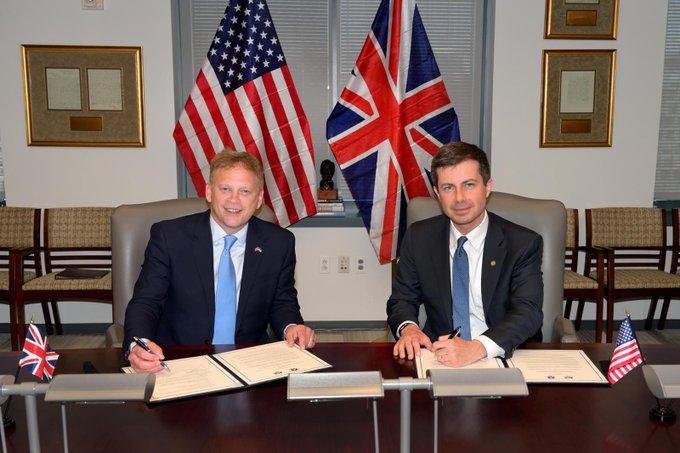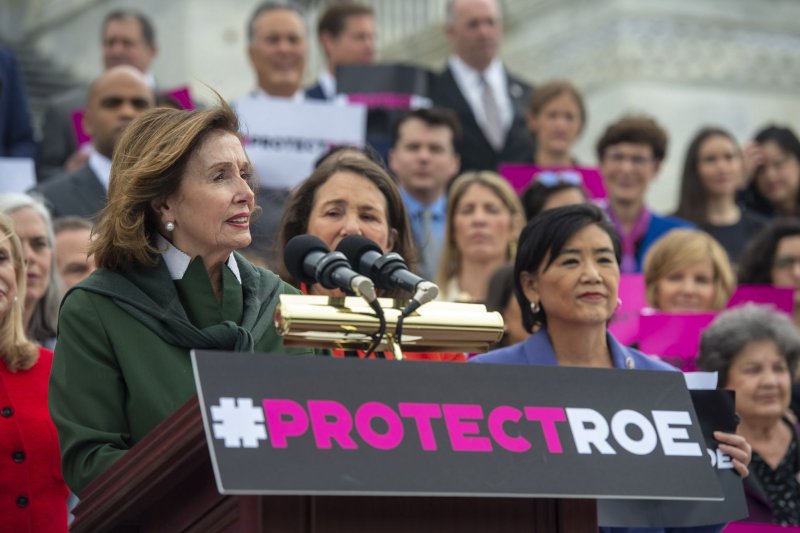John Yoon
Fri, May 13, 2022,

A computer monitor shows a closed-circuit television feed of Dr. Choi Sang-wook, second from left, the director of Kookmin Hospital, during surgery at the hospital in Namyangju-si, South Korea, near Seoul, May 3, 2022. (Chang W. Lee/The New York Times)
SEOUL, South Korea — South Korea has a reputation for world-class medical care. But faith in its hospitals has been shaken by years of complaints about doctors mishandling unconscious patients, including turning them over to unsupervised assistants who perform what are known as “ghost surgeries.”
To stem the practice, lawmakers amended the country’s medical laws last year to require cameras in all operating rooms that handle patients under general anesthesia, making South Korea one of the first countries to do so.
Ethicists and medical officials, including those at the American College of Surgeons, have cautioned that surveilling surgeons to deter malpractice may undermine trust in doctors, hurt morale, violate patient privacy and discourage physicians from taking risks to save lives. The Korea Medical Association, which is opposed to the new mandate, has lobbied to limit its effect.
But supporters of the law said the move would help protect patients, build the public’s trust in doctors and provide victims of medical malpractice with evidence to use in court.
“People are dying in operating rooms,” said An Gi-jong, an advocate for patients. “We can’t rely on doctors to solve problems on their own anymore.”
About five patients have died from ghost surgeries in the past eight years, he said. They include Kwon Dae-hee, a college student in Seoul who died of a hemorrhage in 2016 after jawline surgery. His mother, Lee Na-geum, who obtained footage of his operation and reviewed it hundreds of times, found evidence that the operation had been botched because parts of it had been conducted by an unsupervised nursing assistant.
A court convicted the surgeon of involuntary manslaughter in 2021, sentencing him to three years in prison.
Lee, 62, who has held a public vigil denouncing ghost surgeries since her son’s death, said in an interview: “Once the cameras are installed, your lies will be exposed if you’re a ghost doctor. Cameras reveal truth.”
Cameras in hospitals are not new. Vietnam requires them to catch corrupt medical staff — but not in operating rooms. In 2019, Philippine lawmakers proposed a bill requiring cameras in operating rooms, but it did not pass.
No U.S. state requires them. In Rhode Island, a former state health director, David Gifford, ordered a hospital to install them after a series of surgical errors in 2009. But he came to regret the decision, saying that the cameras foster distrust.
“It was a Big Brother looking down and videoing you, which never was the intention,” he said in an interview. “If I knew that that’s what they would have done, I don’t think I would ever have mandated it.”
South Korea is accustomed to widespread video surveillance. By 2020, the government had installed more than 1.3 million cameras in public spaces, often to deter crimes. Demand for the camera mandate in hospitals escalated in recent years with revelations by whistleblowers that doctors had inflicted ghost surgeries, and even sexual abuse, on anesthetized patients. Fears about ghost surgeries were a plot point in the Korean Netflix hit “Squid Game.”
The surreptitious surgeries began occurring at plastic surgery clinics in South Korea in the 2010s, after the government started promoting medical tourism as an economic driver, according to legal experts. Patient advocates say plastic surgeons took advantage of the high demand by deputizing nurses, assistants and even medical device technicians to perform operations. That allowed physicians, they say, to pack in more patients to maximize profits.
Ghost surgeries spread to spinal hospitals because of a confluence of factors, said Kim So-yoon, a professor of medical law and ethics at Yonsei University. Spinal operations are in high demand because of the country’s aging population. There is an undersupply of doctors to meet that demand, she said. Doctors account for 2.5 out of every 1,000 people in South Korea, lower than the 3.3 average of other nations in the Organization for Economic Cooperation and Development.
Many spinal procedures are also relatively uncomplicated, making it easier to train nurses to do them, she added.
In May of last year, video footage emerged from a spinal clinic, Incheon 21st Century Hospital, that showed nursing assistants performing incisions and putting in sutures. Choi Jeong-kyu, a lawyer who has represented medical malpractice victims, said he received the footage from someone who had worked at the clinic and recorded it secretly. Choi passed it on to the broadcaster MBC.
Nineteen surgeries were captured in the footage, which showed three nursing assistants operating on patients’ spines. Surgical machines buzzed as the assistants, looking through a medical microscope, used them on patients’ bones and bloody gauze piled up on one side of the surgical table. During each operation, a surgeon eventually appeared and worked on the patient for about five minutes.
“They were treating patients like objects on a conveyor belt in a factory,” Choi said. “It’s frightening.”
After the video emerged, prosecutors filed suit against the clinic. Five doctors, three of whom were the clinic’s directors, and three nursing assistants were arrested in August. In February, a court found them guilty of unlicensed medical practices and fraud. They were sentenced to up to two years in prison and fined up to 7 million won (about $5,700) each.
The clinic’s directors — Hyun Yong-in, Jung Hyun-tae and Lee Wan-soo — had booked as many patients and surgeries as possible when staffing levels were low, the court found. They had carried out the crime “systematically” and “for the purpose of profit,” and had “undermined patients’ legitimate trust in doctors and medical institutions,” the verdict read.
The defendants have appealed the verdict. None of the doctors’ medical licenses were permanently revoked. The clinic has closed. And the case boosted support for the camera mandate, which goes into effect in September 2023. Lawyers for the defendants, reached by phone, declined to comment, citing the pending appeal.
About 100 cases of ghost surgeries were prosecuted in the five-year period before 2018, according to the health ministry. But between 2008 and 2014, about 100,000 patients were victims of ghost surgeries, the Korean Society of Plastic Surgeons has estimated.
Under the new law, hospitals performing surgeries on unconscious patients must install video cameras in their operating rooms. If a patient or a relative requests that a surgery be filmed, the hospital must comply. Doctors can refuse for certain reasons, such as if a delay in the operation would put the patient’s life at risk, or if the filming would significantly impede residents’ training. The recorded footage can be viewed for criminal investigations, prosecutions, trials, medical disputes or mediation.
Advocates for patients say the punishment for ghost surgeries is too lenient in South Korea. Under current laws, doctors can face fines and up to five years in prison, and they can lose their licenses, though they may reapply after three years at most. In the United States, charges of battery have been brought in cases where a doctor performed surgery on another doctor’s patient, Choi said. But South Korean courts treat ghost surgeries as practicing medicine without a license, not battery, he said.
South Korean doctors’ financial incentives have made ghost surgeries alluringly profitable, said Kwon Soon-man, a professor of public health at Seoul National University. The health insurance system, which uses a fee-for-service payment model, has incentivized physicians to choose more resource-intensive ways to treat patients, he said. And while about 10-20% of U.S. hospitals are for-profit, he added, private hospitals in South Korea account for over 90% of all hospitals.
Some South Korean hospitals are ahead of the mandate. Kookmin Hospital, in Gyeonggi province, installed surveillance cameras in 2020. Set in the ceilings of its operating rooms, they recently recorded a shoulder surgery as visitors observed (the hospital had granted rare permission).
The doctor’s back faced the camera, blocking the surgical site. A surgical cloth covered the patient’s face. But the footage clearly showed who was performing which tasks.
Dr. Choi Sang-wook, the hospital’s director, said the cameras had improved patients’ confidence in the hospital.
“They’ve helped us win our community’s trust,” he said. “That has been the biggest advantage.”
© 2022 The New York Times Company













